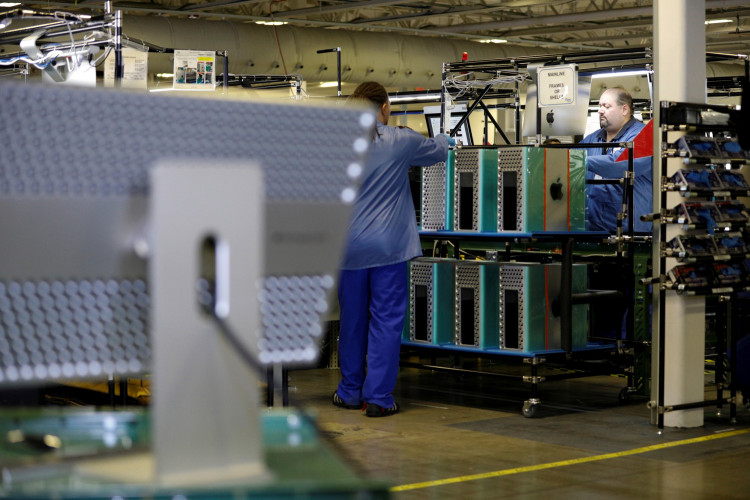Key unemployment numbers in the United States rose to near-record levels in March as COVID-19 forced more Americans into joblessness. Nonfarm payrolls plunged by 701,000 jobs -- the first decline in payrolls since September 2010 -- while the unemployment rate rose from 3.5% to 4.4% nationwide, its highest level since August 2017.
What makes these figures so terrifying is they don't include the massive job losses over the last two weeks. Initial unemployment claims released April 1 by the Department of Labor revealed 6.6 million Americans filed initial unemployment claims for the seven days from March 22 to 28. This unheard of total more than doubled the 3.28 million seasonally adjusted initial claims from March 15 to 21. The 6.6 million total is the largest in U.S. history and was the direct result of the coronavirus-induced economic shutdown keeping employees from the jobs and people from spending.
The total 10 million unemployment claims is the largest in U.S. history. Some economists estimate total unemployment claims will top 15 million by the end of April. Before COVID-19 began inflicting its pain in February, the U.S. economy had an unemployment rate of 3.5%, the lowest in more than 50 years.
In addition, the labor force participation rate dropped to 62.7%, a 0.7% point fall and the lowest since August 2018 for a number that's been gradually rising. A statistic that measures the number of discouraged workers and those holding jobs part-time for economic reasons jumped from 7% to 8.7%, its highest since March 2017.
The new data shows the number of workers that reported being on temporary layoff more than doubled to 1.8 million. Those that said they were jobless for less than five weeks skyrocketed 75% to 1.5 million. The numbers of permanent job losers grew by 177,000 to 1.5 million.
The leisure and hospitality sector led the employment drop with 459,000 job losses. Of this total, 417,000 came from food and drinking establishments. The Bureau of Labor Statistics said the reduction nearly wiped out all of the employment gains from the past two years.
Healthcare and social assistance lost 61,000 jobs, professional and business services shed 52,000 and retail fell 46,000. Construction cut 29,000 jobs while other services industries combined lost 24,000 jobs.
"Today's numbers are shockingly bad and an understatement of the damage already done to the U.S. economy," said Nick Bunker, economic research director at Indeed, the worldwide employment-related search engine for job listings. "If this is an indication of what was happening before the full force of the crisis hit, then it will be hard to come up with the words to describe the numbers in future months."
Economists said the new data utterly fails to capture the full damage from the pandemic because of government methodology. The reference period used by the Bureau of Labor Statistics is the week ending March 12, which was a few days before states began going into a stay-at-home mode that now covers 42 states. The eight states without any mandatory social distancing are those controlled by the Republican Party.
A far better picture of the intense economic damage caused by the pandemic comes from the weekly initial jobless claims report that reveals 10 million new filings for unemployment insurance over the past two weeks.
"My sense is that when we get April data a month from now, we'll see that the economy lost somewhere between 10 and 15 million jobs," according to Mark Zandi, chief economist at Moody's Analytics. "That would be consistent with the initial claims for unemployment insurance data that we're getting."






